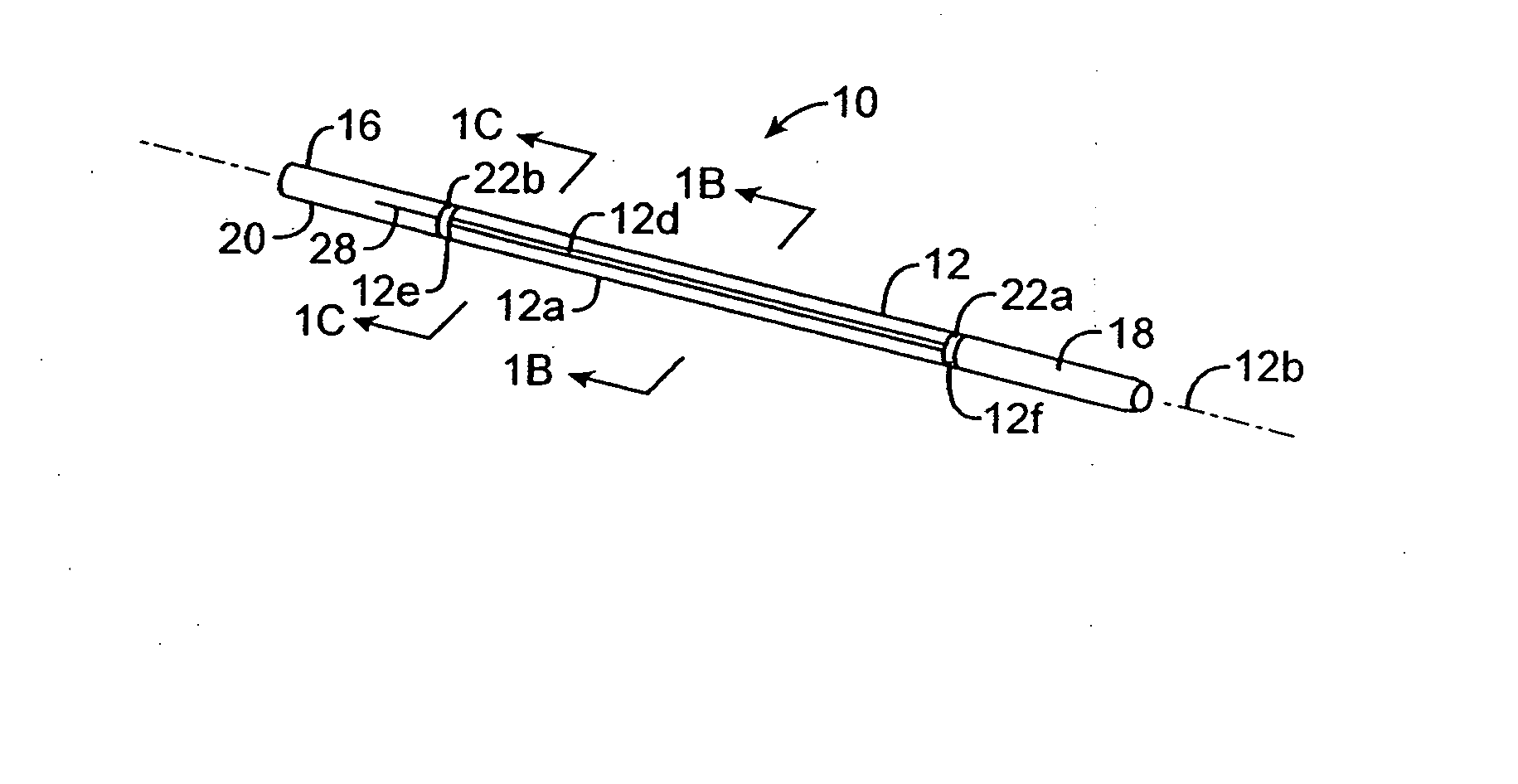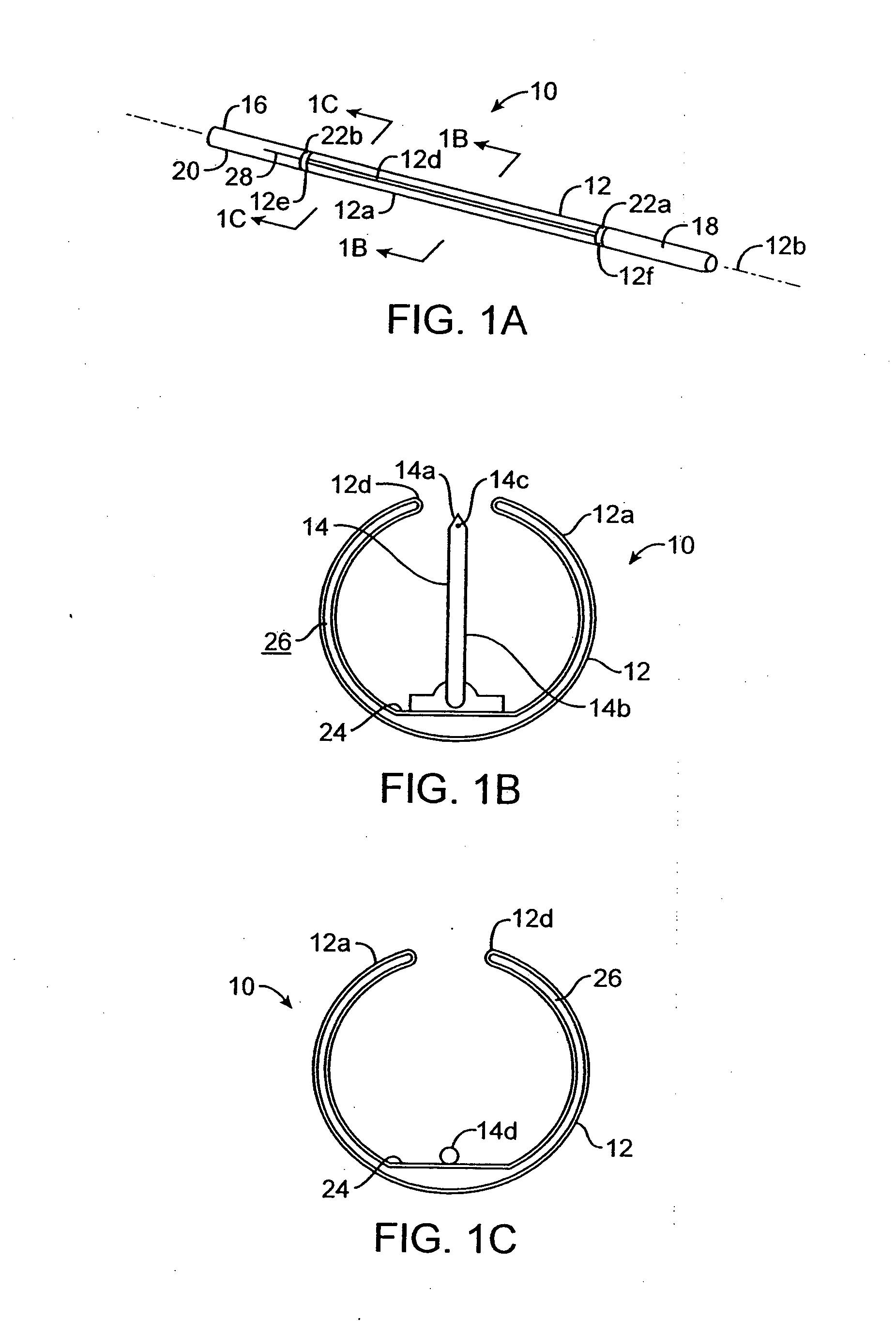Methods and kits for delivering pharmaceutical agents into the coronary vascular adventitia
a technology of coronary artery adventitia and pharmaceutical agents, which is applied in the field of medical methods and devices, to achieve the effect of increasing the concentration of many pharmaceutical agents
- Summary
- Abstract
- Description
- Claims
- Application Information
AI Technical Summary
Benefits of technology
Problems solved by technology
Method used
Image
Examples
Embodiment Construction
[0040] The present invention will preferably utilize microfabricated catheters for intravascular injection. The following description provides two representative embodiments of catheters having microneedles suitable for the delivery of a pharmaceutical agent into a perivascular space or adventitial tissue. A more complete description of the catheters and methods for their fabrication is provided in copending application Ser. Nos. 09 / 961,079 and 09 / 961,080, the full disclosures of which have been incorporated herein by reference.
[0041] The perivascular space is the potential space over the outer surface of a “vascular wall” of either an artery or vein. Referring to FIG. 1, a typical arterial wall is shown in cross-section where the endothelium E is the layer of the wall which is exposed to the blood vessel lumen L. Underlying the endothelium is the basement membrane BM which in turn is surrounded by the intima I. The intima, in turn, is surrounded by the internal elastic lamina IEL ...
PUM
| Property | Measurement | Unit |
|---|---|---|
| distance | aaaaa | aaaaa |
| distance | aaaaa | aaaaa |
| distance | aaaaa | aaaaa |
Abstract
Description
Claims
Application Information
 Login to View More
Login to View More - R&D
- Intellectual Property
- Life Sciences
- Materials
- Tech Scout
- Unparalleled Data Quality
- Higher Quality Content
- 60% Fewer Hallucinations
Browse by: Latest US Patents, China's latest patents, Technical Efficacy Thesaurus, Application Domain, Technology Topic, Popular Technical Reports.
© 2025 PatSnap. All rights reserved.Legal|Privacy policy|Modern Slavery Act Transparency Statement|Sitemap|About US| Contact US: help@patsnap.com



